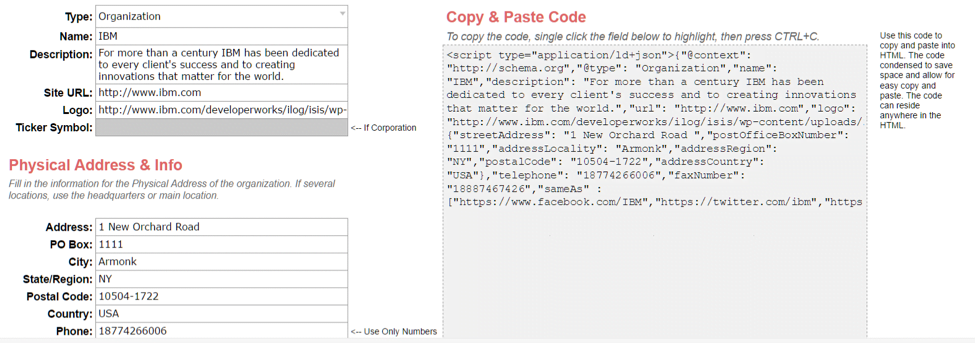Many consumers now use the Internet in lieu of a phone directory, which makes internet-based Name, Address and Phone (NAP) consistency critical. And search engines like Google and Bing have updated their search engines to make this information easily accessible. Instead of going to the website of a business to get their contact information, you can see it directly in search.

This convenience is great for Google’s users since it helps save them time, and it can be great for your business since it makes it easier for them to find your store. But, this only benefits both parties if the information users see is correct.
NAP Consistency
Google calls this extra information their knowledge graph, and they build it by pulling the data from sites the search engine trusts. One way the company tries to display the correct information is by only pulling from sources where the name and place information is consistent.
This includes your company name, website, physical address, and phone number. If the search engine finds conflicting information, it will either not display the knowledge graph, or choose which listing to trust. Without NAP consistency, if the results display the wrong phone number or address, your potential shopper might become frustrated with your brand before they ever step through your door.
Your name and place has to be consistent, not just with what information it gives, but how that data is formatted. For example, if you list your phone number with a one before the area code on your website, every listing online must include a one before the area code.
Search engines are getting better at connecting information that’s not perfectly matched, but it still requires Google to guess. The less you make them guess, the more likely it is that your customers will always get the correct information. NAP consistency is critical!
Name and Place Concerns for eCommerce
One common misconception that some eCommerce merchants have is that NAP consistency doesn’t matter unless you have a physical store. Even if your business exists entirely online, your customers will still want to know how to contact you, and the knowledge graph a consistent NAP helps you obtain is a great way to increase your organic visibility for branded search.
ThinkGeek is a niche internet retailer that specializes in branded merchandise for popular TV and Movie franchises. Unless you live near one of their stores in New York, chances are when you search for their name, you’re looking for information about their eCommerce shop instead. The company used their Name and Place to give potential shoppers their customer service number, as well as link them to their various social media accounts.

If you don’t take the time to keep your Name and Place up to date, you risk having the wrong information appear for your shoppers. A common problem for eCommerce sites is that the knowledge graph might decide to post your corporate information, which can lead to customers calling your business office line instead of customer service.
Audit Your Location
The first step to having NAP consistency is auditing what your listings look like today. (Rocks Digital has a free eBook that tells you how. Download it now.) While you could track down your listing on every website, you don’t have to. There are free tools to help you with this, such as Advice Local and Moz.
After you identify which listings need work, you can update them to align them with the name and place you have on your primary website.
Local Structured Markup
Structured Markup, or code designed to give search engines additional information when they visit your site, is another way to help Google identify your company’s correct name and place. Google’s guidelines recommend using a special kind of structured markup, JSON-LD, to list your business information. If you’re not comfortable programming the script manually, Rank Tank has a free tool that will automatically write the code for you once you enter some basic information.
Make sure this listing has as much data as possible, since a completed profile will increase your chances of getting the knowledge graph in branded search.

After generating the code, you can place it anywhere in the HTML of your home page.
Help Your Customers Find You
The easier you make a shopper’s journey, the more likely they are to convert into a customer. Check out this conversion calculator. But before you can try and sell them your products or services, they need to be able to find you. Whether you sell your products in brick and mortar stores or exclusively online, having a consistent name and place Is a key part of any organic strategy.
After all, if you get your phone number on the first page of Google, that just puts your sales team a phone call away.
Is your NAP data consistent? Have you conducted an audit? What did you learn? Comment below and let’s discuss.
Craig Smith
Craig Smith is the Founder and CEO of Trinity Insight, a digital marketing agency headquartered in Philadelphia, Pennsylvania. He has more than 15 years’ experience helping eCommerce businesses optimize their websites, and promote them creatively online.

















